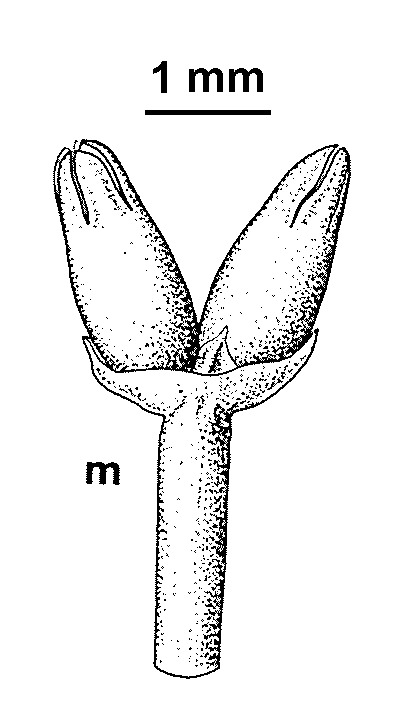Scleranthus brockiei
Rec. Domin. Mus. 3: 16 (1956)
Taxonomic status
Accepted
Occurrence status
Present
Origin
Native
Degree of establishment
Native
Threat status
FFG:
Endangered (EN)



